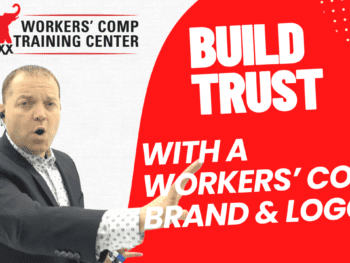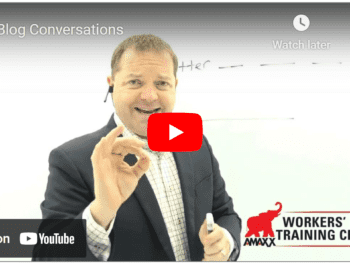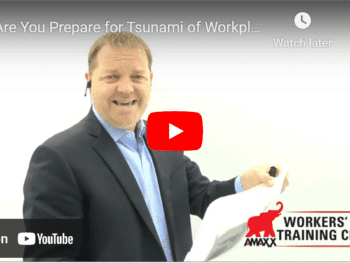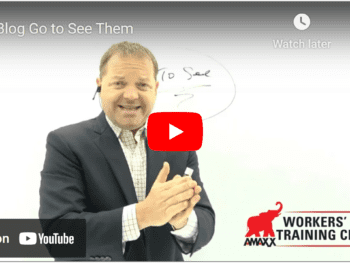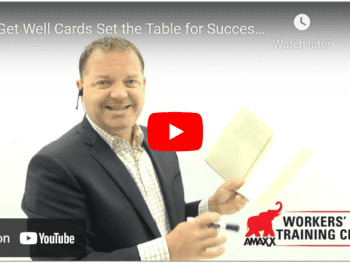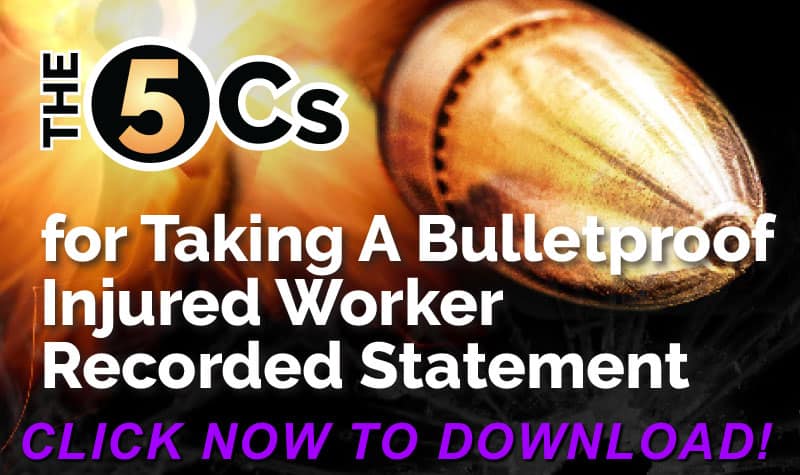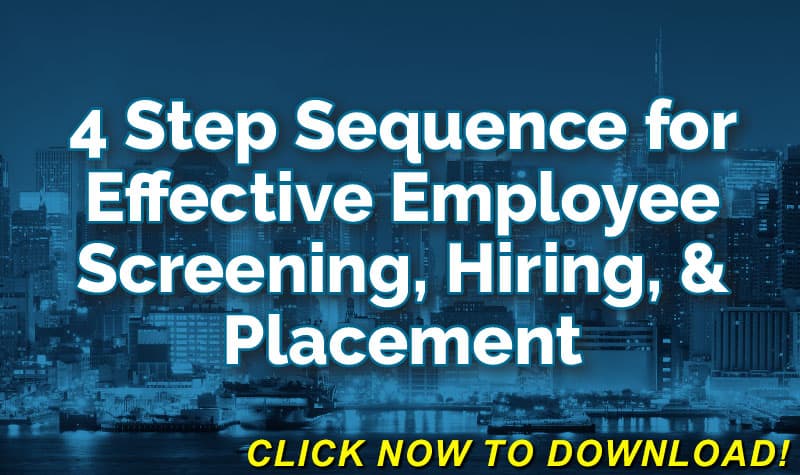
- Hazard Identification
There are various types of hazards. Many will be recognized by the safety manager, but even safety professionals do not recognize all hazards. The loss runs produced by your insurer or third party administrator is an excellent source to identify hazards that you might not think about and overlook.
All company personnel should be encouraged to report any hazards they identify that have not been addressed by the safety manager. There are various types of hazards including:
- Physical hazards – machinery without guards, tow motors without back up sound warnings, inventory stacked haphazardly or too high, tools or equipment left where an employee could trip, etc.
- Ergonomic hazards – equipment or machinery placed incorrectly whether too high, too low, out of comfortable reach; processes that require the employee to twist back and forth; or that cause constant repetitive motions by the employee.
- Chemical hazards – improper ventilation, vapors from chemical processes, improper use of combustible materials.
- 4. Biological hazards – in the medical field the improper disposal of needles and medical waste.
-
Responsibility
The employer should treat safety as everyone’s responsibility. The employer should go a step further and hold the department supervisor or manager responsible for identifying the hazards within their work area. The department manager should be given authority to take the necessary actions to eliminate the hazards within the area of responsibility.
-
A Course of Action
It is not enough to identify the potential hazards and to give the department manager the responsibility of correcting the hazard. The department manager must follow through and create an action plan to deal with the hazard. Some hazards can be fixed rather easily. For example, an action plan for the haphazard stacked inventory – unstack the inventory and stack it correctly. Other hazards will take planning and resources.
For example, the worn-out conveyor belt that poses a snag hazard for the employees. The hazard needs to be reviewed with the safety manager and a plan to remove the hazard should agreed upon
-
Implementation
Whatever the nature of the hazard, once it is identified, timely and appropriate action to remove the hazard is required. When a course of action can be implemented immediately, it should be. When the course of action has several steps, the implementation should be scheduled with a completion date set for each step to be implemented. The implementation and completion of the necessary course of action will reduce the risk of injury to the employees and reduce the company’s exposure to financial loss.
When hazard correction entails the use of financial resources, management must take the appropriate action to provide the resources. When employees see management taking action and giving safety priority, the employees themselves will place a higher priority on safety.
-
Follow up
When a hazard is identified within one location within the company, the safety manager should check to see if the same hazard exists at other locations within the company. When the hazard exists at multiple locations, the hazard should be identified to all employees. The action plan and implementation of the action to remove the hazard should be completed.
Create a list of potential hazards. This can be very helpful in the elimination of future hazards. The list of hazards can become the foundation of a safety inspection checklist.
A safety action plan is not a one time occurrence, but an on-going process to prevent new hazards from developing and to prevent old hazards from returning. By having a safety action plan, you can reduce both your physical losses and your cost of workers compensation.
Author Rebecca Shafer, JD, President of Amaxx Risk Solutions, Inc. is a national expert in the field of workers compensation. She is a writer, speaker, and website publisher. Her expertise is working with employers to reduce workers compensation costs, and her clients include airlines, healthcare, printing, publishing, pharmaceuticals, retail, hospitality, and manufacturing. See www.LowerWC.com for more information. Contact: RShafer@ReduceYourWorkersComp.com.
Our WORKERS COMP BOOK: www.WCManual.com
WORK COMP CALCULATOR: www.LowerWC.com/calculator.php
MODIFIED DUTY CALCULATOR: www.LowerWC.com/transitional-duty-cost-calculator.php
WC GROUP: www.linkedin.com/groups?homeNewMember=&gid=1922050/
SUBSCRIBE: Workers Comp Resource Center Newsletter
Do not use this information without independent verification. All state laws vary. You should consult with your insurance broker or agent about workers comp issues.
©2011 Amaxx Risk Solutions, Inc. All rights reserved under International Copyright Law. If you would like permission to reprint this material, contact Info@ReduceYourWorkersComp.com.

